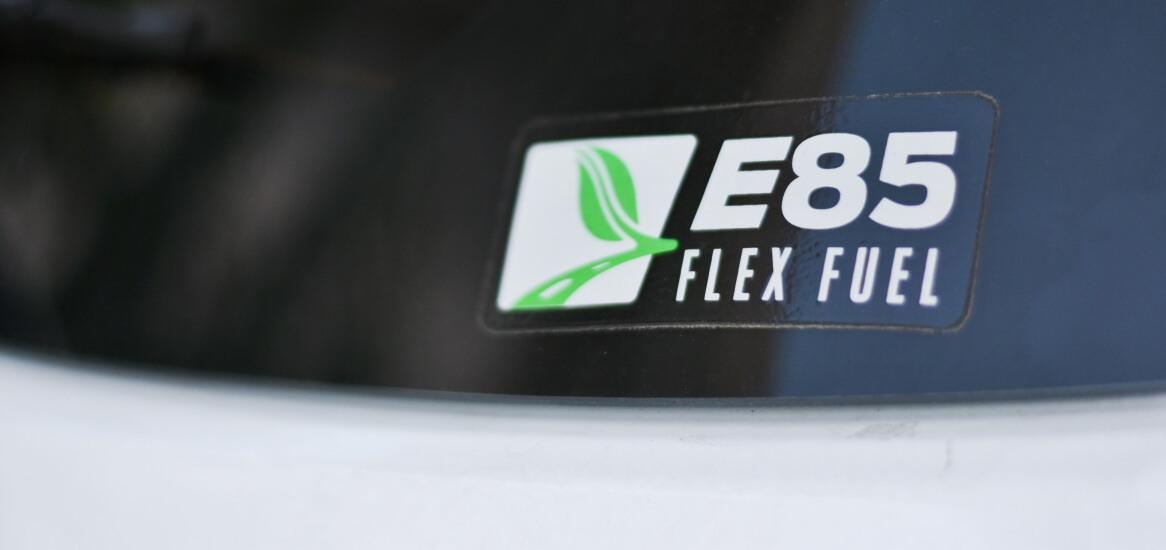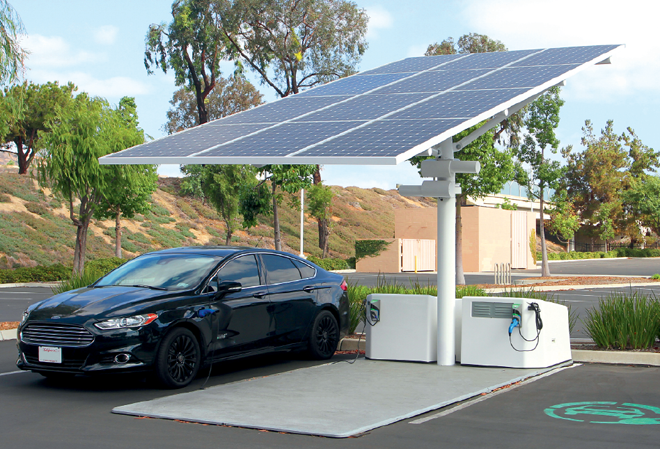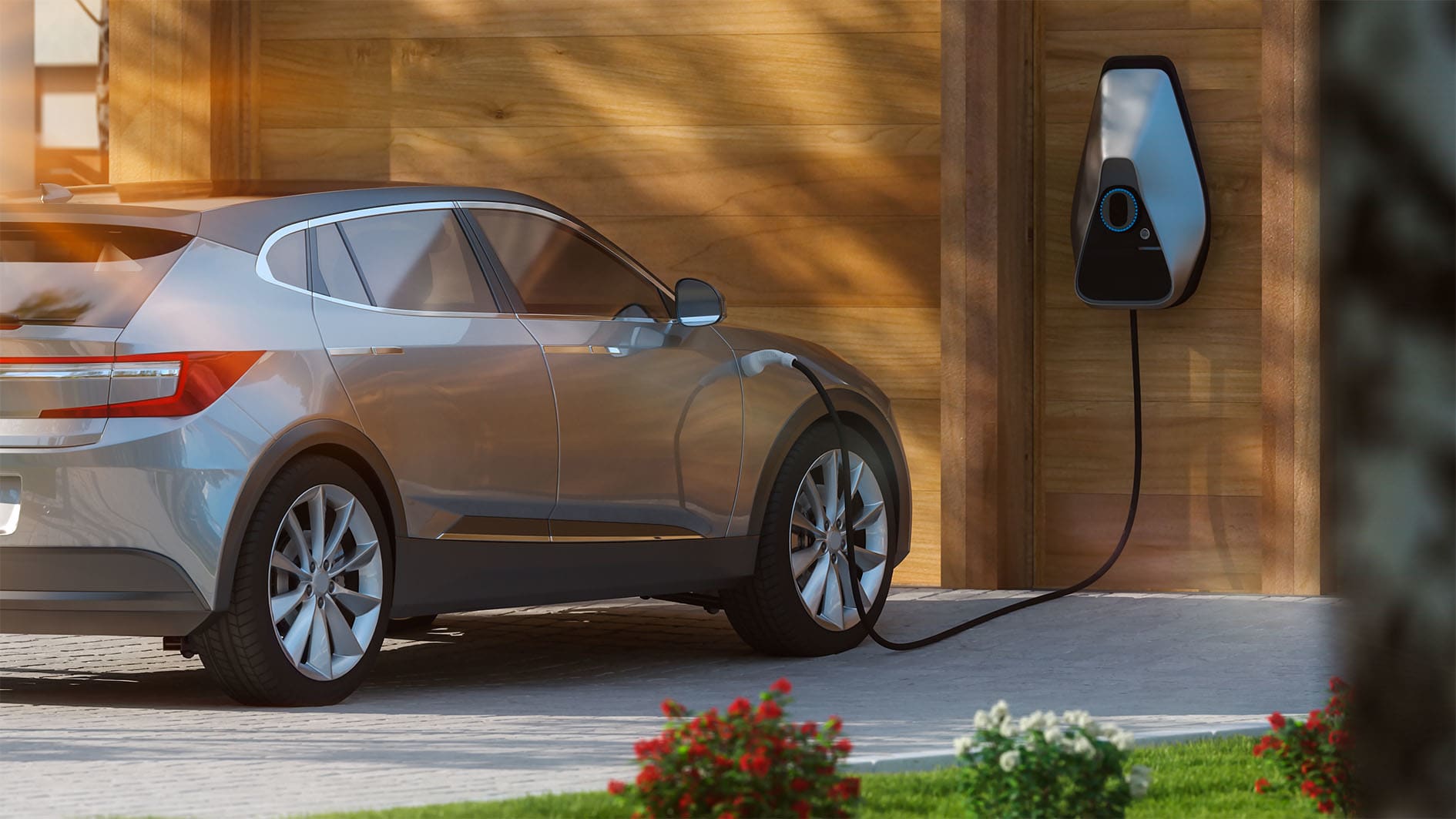Flex fuel Vehicle, or flexible-fuel vehicle, is a vehicle that runs with an alternative fuel made from a combination of gasoline and methanol or ethanol. Flex-fuel vehicles (FFVs) have an internal combustion engine that can operate on gasoline and contain up to 83% of a mixture of gasoline and ethanol.
E85 (or Flex Fuel) is a gasoline-ethanol blend containing 51% to 83% ethanol, depending on geography and season. According to IHS Market, as of 2017, there were over 21 million FFVs in the United States.
Because FFVs are factory-made and capable of working on gasoline and gasoline-ethanol blends, many vehicle owners may not realize that their car is FFV and that they have a choice of fuels to use.
This technology is not new. It was first developed in the early 1990s and, according to Car Bibles, was used in the massively produced 1994 Ford Taurus. As of 2017, there are approximately 21 million flex-fuel vehicles on the road.

The most common form of flex fuel is E85. As its name suggests, E85 is a mixture of gasoline and up to 85 percent ethanol, although the actual blends are between 51 percent and 83 percent, depending on where and when you fill, according to the EPA.
U.S. with E85. Gas stations abound in the Midwest, but very few in some other areas, especially in the Pacific Northwest and New England. U.S. This is not surprising since most of the ethanol comes from corn. Other countries have alternative resources; Brazil, for example, extracts most of its ethanol from sugarcane.
Regular U.S. Gasoline is usually E10, which means 10 percent ethanol. It is not flex fuel. The Renewable Fuels Association, a commercial group in the ethanol industry that uses the term “flex fuel” to refer to fuel, calls for more than 15 percent and less than 83 percent ethanol flex fuel – but the Department of Energy approved E15 to use in all vehicles, including manufacturing year 2001 make and newer ones There are unmanned flex-fuel vehicles, As their names suggest, contains a maximum of 51, 60 or 70 percent ethanol.
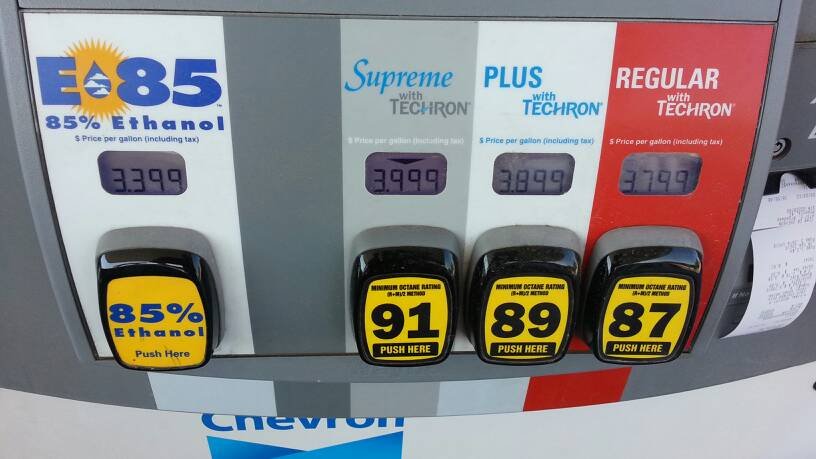
Flex fuel vehicle usually have fuel-related modified components, as well as updated engine software. They can take any mixture from zero to 85 percent ethanol.
All vehicles produced for the 2001 model year and beyond are designed to work similarly – and can withstand the high corrosion of the E15, but they do not have high ethanol concentrations.
GM pushed the Flex fuel in the 2000s, citing E85 as a way to reduce U.S. dependence on foreign oil, as it relied on domestic corn. Pure ethanol has a 30 percent lower energy concentration than conventional E10 gasoline, so driving an E85 in a vehicle can significantly reduce your fuel economy.
EA5 is slightly cheaper than regular fuel – 12 percent less in this work, according to AAA – but it is generally not enough to bury gas mileage loss, which drops by about 20 to 30 percent in flex-fuel vehicles. Fill up with flex fuel if you want – but only if it’s really cheap.
Key Components of the Flex Fuel Vehicle
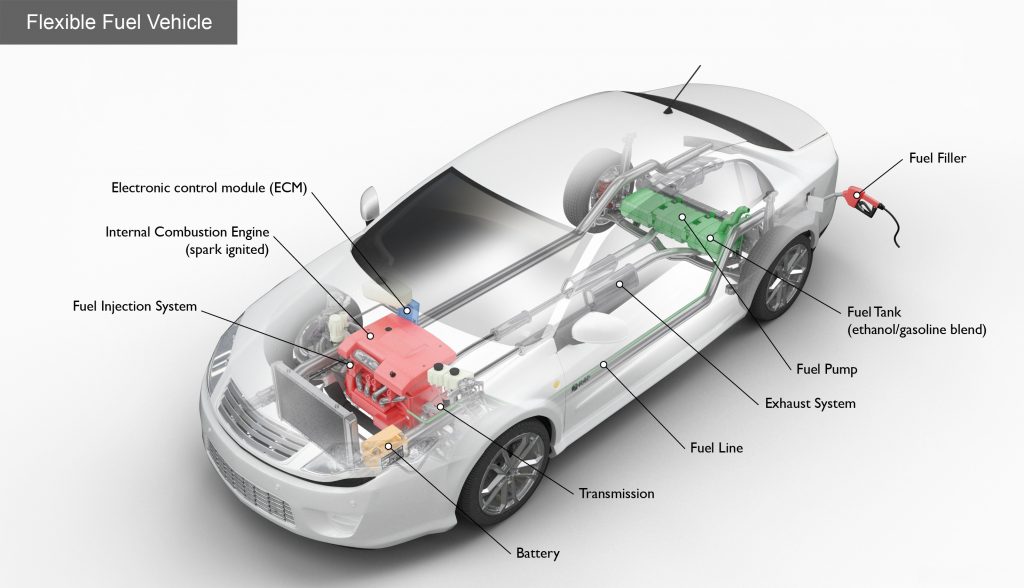
Battery: The battery provides power to start the engine and power vehicle electronics / accessories.
Electronic control module (ECM): ECM controls fuel combination, ignition timing and emission system; Monitors the operation of the vehicle; Protects the engine from misapplication; and troubleshoot problems.
Exhaust system: The exhaust system expels exhaust gases from the engine through a tail pipe. A three-way catalyst is designed to reduce engine-out emissions in the exhaust system.
Fuel filler: A nozzle from the high-pressure distributor is attached to the receptacle on the vehicle to fill the tank.
Fuel injection system: This system introduces fuel into the combustion chambers of the engine for ignition.
Fuel Path: A metal tube or flexible hose (or combination thereof) transfers fuel from the tank to the engine’s fuel injection system.
Also Read: Is Aries Compatible With Pisces In Relationships and Marriage?
Fuel pump: A pump that transfers fuel from a tank to the engine’s fuel injection system via the fuel line.
Fuel tank (ethanol / gasoline mixture): stores fuel in the vehicle that gives power to the engine.
Internal combustion engine: In this outline, the fuel is pumped into the intake manifold or combustion chamber, where it is mixed with air, and the air / fuel mixture is ignited by the spark through the spark plug.
Vehicle Transmission: The power transmission transfers mechanical power from the engine and/or electric traction motor for driving the wheels.
what is the benefit of flex fuel vehicle
Let’s look at some of the reasons you might want to consider switching to Flex Fuel.
1. Cleaner for the environment
Car Bibles states that more and more people today are concerned about the effects of energy consumption on the environment. Ethanol burns cleaner than gasoline, meaning flex-fuel cars emit less toxic fumes into the environment. Flex fuel contributes to less greenhouse gases, making it an environmentally friendly choice than conventional gasoline.
2. Burning facility
One of the great advantages of a flex-fuel vehicle is that it can burn in any proportion of the fuel mixture in the combustion chamber. The car is equipped with electronic sensors that assess the alloy and its microprocessors adjust fuel injection and timing.
3. Advanced Technology
As per the Car Bibles, latest flex fuel vehicle is built using advanced technology such as electronic sensors. That being said, these technological advances allow you to adjust the way your car works, including identifying the fuel mixture and making the necessary adjustments. Modern flex-fuel cars contain 10 to 85 percent ethanol. Thanks to the technology it is fitted with, your vehicle will determine the most efficient ratio.
4. Stable production
Most flex-fuel vehicles run on ethanol, which is consistently produced from substances such as cane sugar and corn. It turns out that ethanol is a good alternative to buying foreign oil.
5. Tax benefits for flex fuel vehicle
Consumers who drive flex-fuel cars receive tax credits that can significantly reduce or eliminate their tax liability.
6. Improved performance in flex fuel vehicle
Some may argue that using an alternative fuel source will badly affect vehicle performance; in fact, it will have the opposite effect. Flex-fuel vehicles do not experience performance loss when using E85 fuel. In fact, some even produce increased torque and horsepower.

